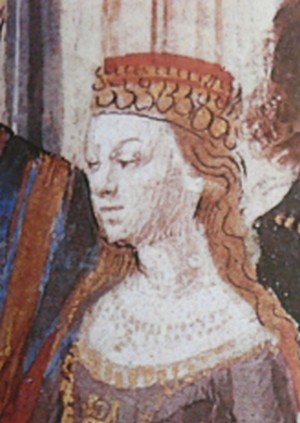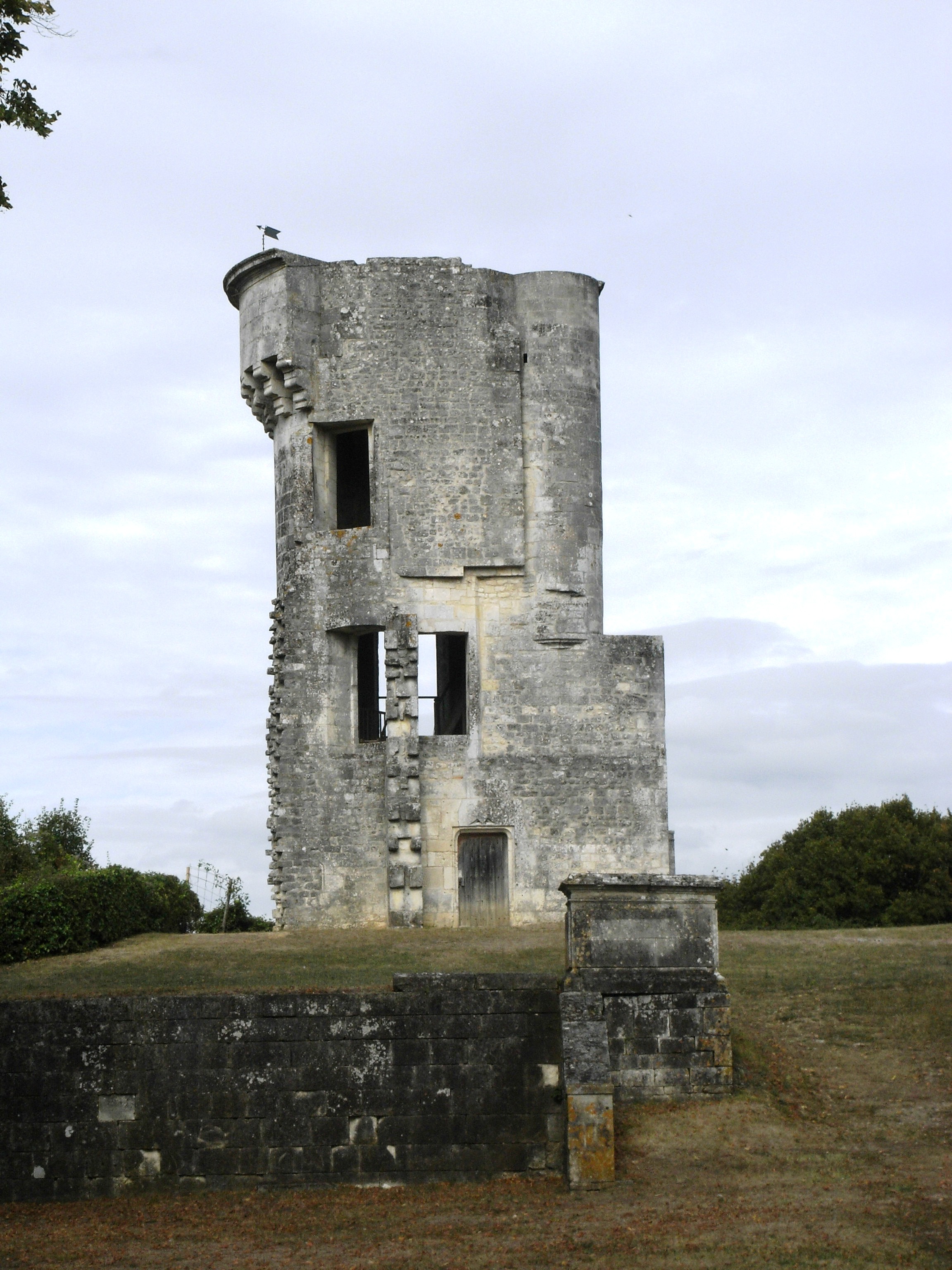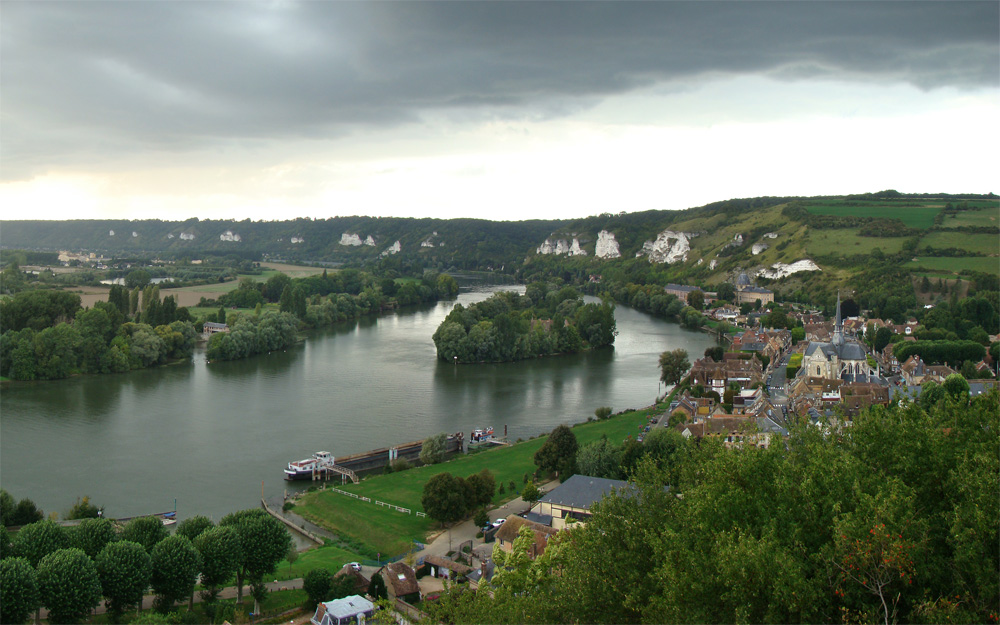|
Louviers
Louviers () is a Communes of France, commune in the Eure Departments of France, department in Normandy (administrative region), Normandy in north-western France. Louviers is from Paris and from Rouen. Population History Prehistory In the area around Louviers, cut stones from the Paleolithic era have been found. Some of these are in the town's museum, alongside fragments of a mammoth tusk found not far from the cemetery. Other evidence of human presence in the area at different periods of prehistory includes the menhir of Basse-Cremonville and the Neolithic tomb which was close to it. Various objects from these periods - weapons, vases, stone and bronze tools - have also been found in the area. Ancient Gaul and Roman Gaul A few elements dating from the period of Ancient Gaul have been found at Louviers: a Celtic grave found in 1863 against the wall of the Église Notre-Dame, and several Gallic coins. A hypothesis of a fortified Gallic village has been formulated, but not ... [...More Info...] [...Related Items...] OR: [Wikipedia] [Google] [Baidu] |
Church Of Notre-Dame De Louviers
The Church of Notre-Dame de Louviers is a parish church located in Louviers, a town in the Eure department. It is a notable example of Gothic church architecture in northern France. The north façade, and, especially the south façade and porch, are some of the best examples of late Flamboyant Gothic architecture in France. Chronological overview of Notre-Dame de Louviers The plan of the church today is the result of several major construction campaigns that began at the end of the twelfth century and concluded in the early sixteenth. The building features elements from both the High Gothic and Late Gothic (or Flamboyant) periods. #c. 1190-1240s: chevet, nave, and west façade are constructed #1346: English invaders burn the lantern tower/spire #1385: Spire over the crossing built #1414: Challenge Tower construction begins #1493-96: North facade under construction (architect: Jehan Gillot) #1496-1506: South facade under construction #1506-1510: South porch under construction #17 ... [...More Info...] [...Related Items...] OR: [Wikipedia] [Google] [Baidu] |
Communauté D'agglomération Seine-Eure
Communauté d'agglomération Seine-Eure is an Communes of France#Intercommunality, intercommunal structure, centred on the Communes of France, city of Louviers. It is located in the Eure departments of France, department, in the Normandy regions of France, region, northern France. It was created in September 2019. Its seat is in Louviers.CA Seine-Eure BANATIC. Retrieved 12 November 2024. Its population was 103,496 in 2017, of which 18,648 in Louviers proper.Comparateur de territoire Institut national de la statistique et des études économiques, Insee. Accessed 20 April 2021. Composition The communauté ...[...More Info...] [...Related Items...] OR: [Wikipedia] [Google] [Baidu] |
Eure
Eure ( ; ; or ) is a department in the administrative region of Normandy, northwestern France, named after the river Eure. Its prefecture is Évreux. In 2021, Eure had a population of 598,934.Populations légales 2019: 27 Eure INSEE History Eure is one of the original 83 departments created during the French Revolution on 4 March 1790. It was created from part of the former province of . The name in fact is taken from the Eure river flowing mainly in ...[...More Info...] [...Related Items...] OR: [Wikipedia] [Google] [Baidu] |
Erispoe
Erispoe (; ; died 2 or 12 November 857) was Duke of Brittany from 851 to his death. After the death of his father Nominoe, he led a successful military campaign against the Franks, culminating in his victory at the Battle of Jengland. He is subsequently referred to as "King of Brittany". Erispoe's recorded titles include ("prince of the province of Brittany"), ("duke of the Bretons"), and ("usurping king of the Bretons"). However, if Erispoe was usurping regality in Brittany at that time (857), it is not attested in other sources. It may imply continued Frankish resentment of the title. He is called ("king of the Bretons") by Regino of Prüm (d. 915). War with the Franks Erispoe was born to Nominoe's wife Argentaela, but the date of his birth is not known. He was involved in his father's campaigns to take control of the Frankish counties of Rennes and Nantes. In 843, in alliance with Lambert II of Nantes, Erispoe took command of the Breton army while his father was ill. Lambe ... [...More Info...] [...Related Items...] OR: [Wikipedia] [Google] [Baidu] |
Philip II Of France
Philip II (21 August 1165 – 14 July 1223), also known as Philip Augustus (), was King of France from 1180 to 1223. His predecessors had been known as kings of the Franks (Latin: ''rex Francorum''), but from 1190 onward, Philip became the first French monarch to style himself "King of France" (''rex Francie''). The son of King Louis VII and his third wife, Adela of Champagne, he was originally nicknamed () because he was a first son and born late in his father's life. Philip was given the epithet "Augustus" by the chronicler Rigord for having extended the crown lands of France so remarkably. After decades of conflicts with the House of Plantagenet, Philip succeeded in putting an end to the Angevin Empire by defeating a coalition of his rivals at the Battle of Bouvines in 1214. This victory would have a lasting impact on western European politics: the authority of the French king became unchallenged, while John, King of England, was forced by his barons to assent to Magna C ... [...More Info...] [...Related Items...] OR: [Wikipedia] [Google] [Baidu] |
Richard I Of England
Richard I (8 September 1157 – 6 April 1199), known as Richard the Lionheart or Richard Cœur de Lion () because of his reputation as a great military leader and warrior, was King of England from 1189 until his death in 1199. He also ruled as Duke of Normandy, Duke of Aquitaine, Aquitaine, and Duchy of Gascony, Gascony; Lord of Cyprus in the Middle Ages, Cyprus; Count of Poitiers, Counts and dukes of Anjou, Anjou, Count of Maine, Maine, and Count of Nantes, Nantes; and was overlord of Brittany at various times during the same period. He was the third of five sons of Henry II of England and Eleanor of Aquitaine and was therefore not expected to become king, but his two elder brothers predeceased their father. By the age of 16, Richard had taken command of his own army, putting down rebellions in Poitou against his father. Richard was an important Christian commander during the Third Crusade, leading the campaign after the departure of Philip II of France and achieving sev ... [...More Info...] [...Related Items...] OR: [Wikipedia] [Google] [Baidu] |
Walter De Coutances
Walter de Coutances (died 16 November 1207) was a medieval Anglo-Norman bishop of Lincoln and archbishop of Rouen. He began his royal service in the government of Henry II, serving as a vice-chancellor. He also accumulated a number of ecclesiastical offices, becoming successively canon of Rouen Cathedral, treasurer of Rouen, and archdeacon of Oxford. King Henry sent him on a number of diplomatic missions and finally rewarded him with the bishopric of Lincoln in 1183. He did not remain there long, for he was translated to Rouen in late 1184. When Richard I, King Henry's son, became king in 1189, Coutances absolved Richard for his rebellion against his father and invested him as Duke of Normandy. He then accompanied Richard to Sicily as the king began the Third Crusade, but events in England prompted Richard to send the archbishop back to England to mediate between William Longchamp, the justiciar whom Richard had left in charge of the kingdom, and Prince John, Richard's yo ... [...More Info...] [...Related Items...] OR: [Wikipedia] [Google] [Baidu] |
Les Andelys
Les Andelys (; Norman language, Norman: ''Les Aundelys'') is a Communes of France, commune in the northern French Departments of France, department of Eure, in Normandy (administrative region), Normandy. Geography It lies on the Seine, about northeast of Évreux. The commune is divided into two parts, Grand-Andely (located about from the Seine) and Petit-Andely (situated on the right bank of the Seine). History Grand Andely, founded, according to tradition, in the 6th century, has a church (13th, 14th and 15th centuries) parts of which are of fine late Gothic and Renaissance architecture. The works of art in the interior include stained glass of the latter period. Other interesting buildings are the hôtel du Grand Cerf dating from the first half of the 16th century, and the chapel of Sainte-Clotilde, close by a spring which, owing to its supposed healing powers, is the object of a pilgrimage. Grand Andely has a statue of Nicolas Poussin, a native of the place. Petit Andely s ... [...More Info...] [...Related Items...] OR: [Wikipedia] [Google] [Baidu] |
Château Gaillard
Château Gaillard () is a medieval castle ruin overlooking the River Seine above the commune of Les Andelys, in the French department of Eure, in Normandy. It is located some north-west of Paris and from Rouen. Construction began in 1196 under the auspices of Richard the Lionheart, who was simultaneously King of England and feudal Duke of Normandy. The castle was expensive to build, but the majority of the work was done in an unusually short period of time. It took just two years and, at the same time, the town of Petit Andely was constructed. Château Gaillard has a complex and advanced design, and uses early principles of concentric fortification; it was also one of the earliest European castles to use machicolations. The castle consists of three enclosures separated by dry moats, with a keep in the inner enclosure. Château Gaillard was captured in 1204 by the king of France, Philip II, after a lengthy siege. In the mid-14th century, the castle was the residence of the ... [...More Info...] [...Related Items...] OR: [Wikipedia] [Google] [Baidu] |
Eure (river)
The Eure ( ; ) is a river between Normandy and Centre-Val de Loire in north-western France, left tributary of the Seine. It is long. It rises at Marchainville in the Orne department and joins the Seine near Pont-de-l'Arche. Two departments are named after the Eure, namely Eure and Eure-et-Loir. Places along the river: * Orne (61): Marchainville, La Lande-sur-Eure, Neuilly-sur-Eure. * Eure-et-Loir (28): Courville-sur-Eure, Saint-Georges-sur-Eure, Fontenay-sur-Eure, Chartres, Saint-Prest, Maintenon, Nogent-le-Roi, Mézières-en-Drouais, Cherisy, Anet. * Eure (27): Évreux, Ivry-la-Bataille, Garennes-sur-Eure, Bueil, Merey, Pacy-sur-Eure, Ménilles, Chambray, Croisy-sur-Eure, Autheuil-Authouillet, Acquigny, Louviers, Le Vaudreuil, Val de Reuil, Pont-de-l'Arche Pont-de-l'Arche () is a commune in France, commune of the Eure ''département in France, département'' in France. Notable monuments include the parish church of Church of Notre-Dame-des-Arts ... [...More Info...] [...Related Items...] OR: [Wikipedia] [Google] [Baidu] |
Richard I, Duke Of Normandy
Richard I (28 August 932 – 20 November 996), also known as Richard the Fearless (French: ''Richard Sans-Peur''; Old Norse: ''Jarl Rikard''), was the count of Rouen from 942 to 996.Detlev Schwennicke, ''Europäische Stammtafeln, Europäische Stammtafeln: Stammtafeln zur Geschichte der Europäischen Staaten'', Neue Folge, Band II (Marburg, Germany: J. A. Stargardt, 1984), Tafel 79 Dudo of Saint-Quentin, whom Richard commissioned to write the "''De moribus et actis primorum Normanniae ducum''" (Latin, "''On the Customs and Deeds of the First Dukes of Normandy''"), called him a ''dux''. However, this use of the word may have been in the context of Richard's renowned leadership in war, and not as a reference to a title of nobility. Richard either introduced feudalism into Normandy or he greatly expanded it. By the end of his reign, the most important Normans, Norman landholders held their lands in feudal tenure. Birth Richard was born to William Longsword, ''princeps'' (chieftain o ... [...More Info...] [...Related Items...] OR: [Wikipedia] [Google] [Baidu] |
Issoudun
Issoudun () is a commune in the Indre department, administrative region of Centre-Val de Loire, France. It is also referred to as ''Issoundun'', which is the ancient name. Geography Location Issoudun is a sub-prefecture, located in the east of the Indre department. It is in the former region of Berry. The surrounding communes are: * Les Bordes (4 km) * Saint-Aoustrille (5 km) * St. Lizaigne (7 km) * Chouday (7 km) * Lizeray (8 km) * Condé (8 km) * Thizay (8 km) * Saint-Georges-sur-Arnon (10 km) * Saint-Ambroix (10 km) * Saugy (10 km) * Saint-Aubin (11 km) * Châteauroux (27 km) * Châtre (41 km) * Le Blanc (79 km) Terrain The river of Théols passes through Issoudun. The commune of Issoudun takes up an area of 36.6 km2. Transport The national road N151 passes through the area. The nearest airport is the Marcel Dassault Airport, 27 km away. The Issoudun station is located at 4 Pierre Favr ... [...More Info...] [...Related Items...] OR: [Wikipedia] [Google] [Baidu] |





